North America boasts a stunning bird species that has captured the hearts of many nature enthusiasts – the Painted Bunting (Passerina ciris). This member of the cardinal family, Cardinalidae, is strikingly beautiful with an array of colors that earned it the nickname “nonpareil” or “without equal.” In this article, we will delve into the appearance, distribution, habits, and breeding behaviors of this avian gem. The male Painted Bunting is a true spectacle with its mesmerizing palette of colors – from its dark blue head to its verdant green back, and fiery red rump and underparts. Despite its captivating plumage, the male can be elusive as it often conceals itself amidst foliage while singing its lovely warbling song. The females and juveniles also have their own charm with their green and yellow-green plumage, providing excellent camouflage. Adult females distinguish themselves with a brighter, truer green hue, setting them apart from other similar songbirds. The juveniles undergo two molts in their first autumn, transitioning into plumage similar to adult females.
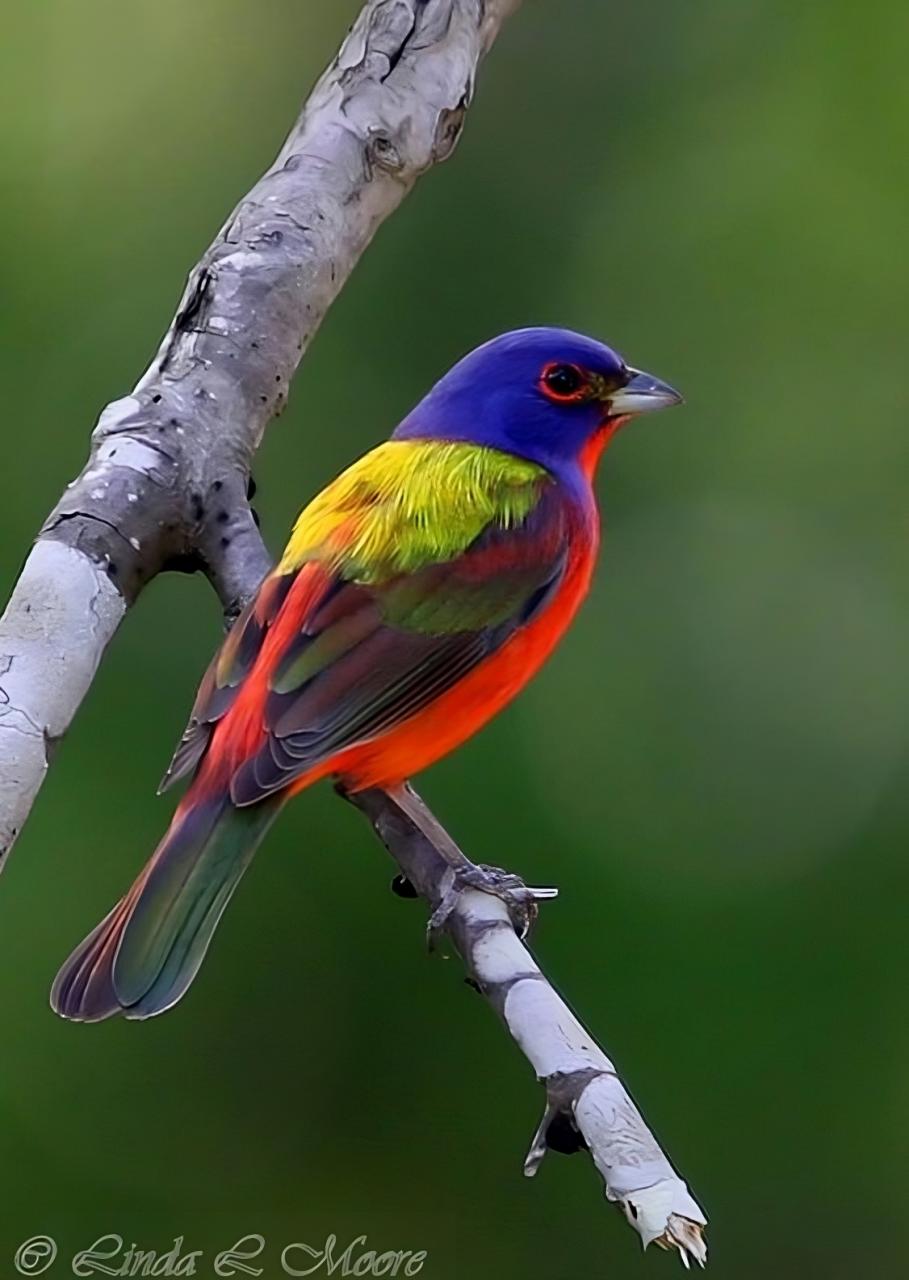
The distribution of Painted Buntings spans across different regions of North America, including Central America and the Caribbean Islands. There are two populations, namely eastern and western, with the former residing in coastal areas from northern Florida to North Carolina. The latter, on the other hand, ranges between Louisiana and Texas up to Kansas. During winter months, the western population migrates to Mexico and beyond while the eastern population winters mainly in southern Florida, with occasional sightings in Cuba and the Bahamas. In terms of breeding habitats, there are slight variations, with western birds preferring partially open areas with scattered brush and shrubbery, and eastern birds opting for scrub communities and the edges of maritime hammocks.
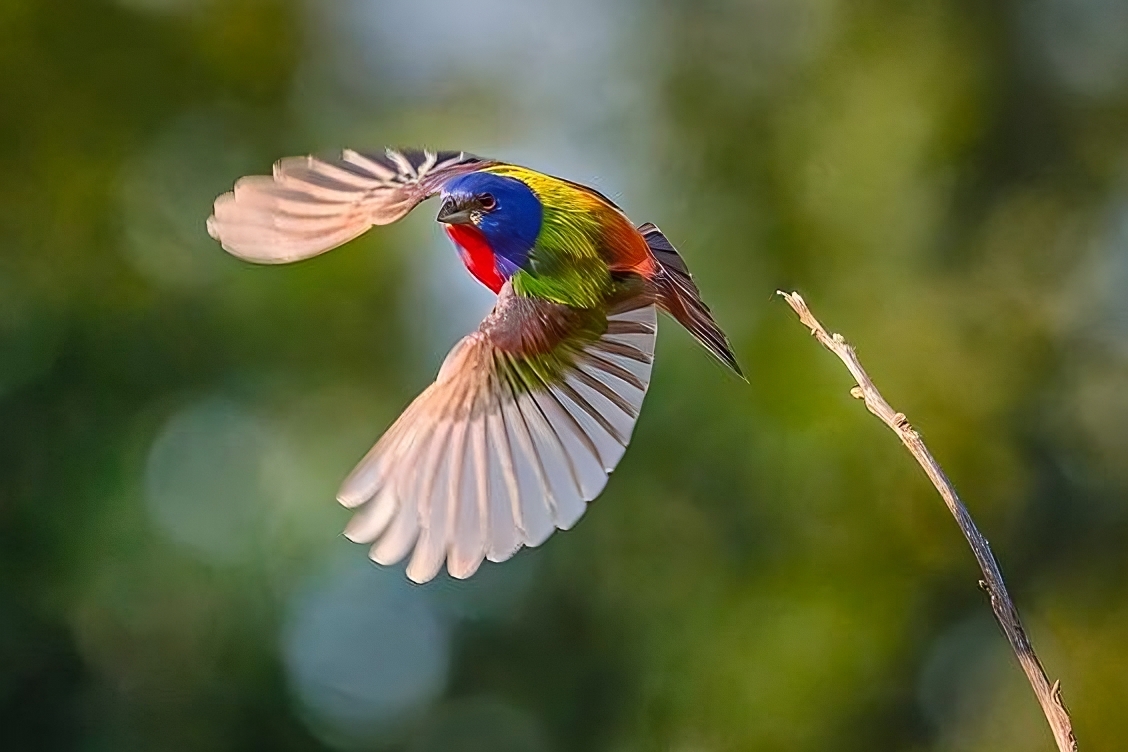
When it comes to habits and lifestyle, Painted Buntings are social birds that prefer to be active during the daylight hours. They tend to move around on the ground, hopping cautiously and taking frequent pauses to assess their surroundings. These birds can be quite shy and difficult to spot at first, but they may become more comfortable with human presence if they are used to bird feeders. Male Painted Buntings are known for their vocal performances, singing songs that can last up to half a minute long to advertise themselves or protect their territories during breeding season. In addition to their songs, these birds also use visual displays like fluttering movements and various postures as part of their courtship rituals. Finally, it’s worth noting that Painted Buntings engage in nocturnal migration, traveling short to medium distances during the fall and spring seasons.
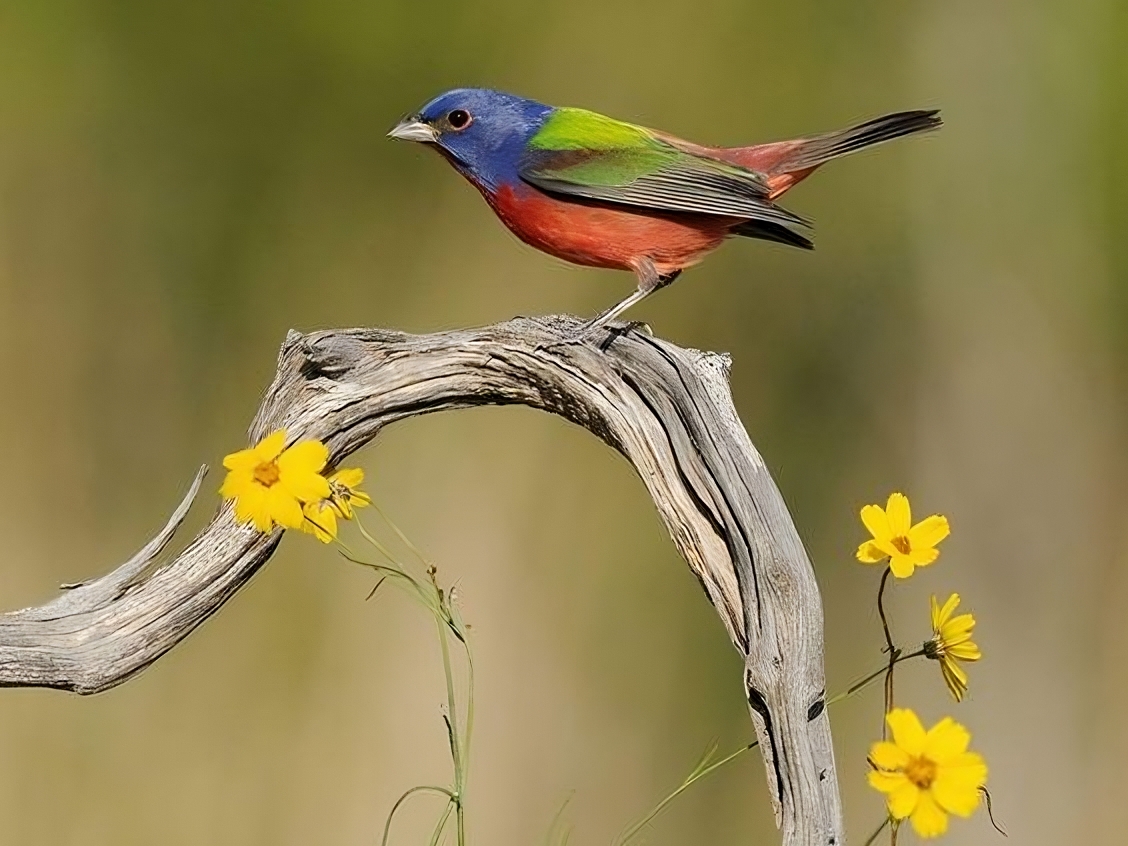
The eating habits of Painted Buntings differ seasonally. They prefer a herbivorous diet consisting of seeds and fruits during winter. However, in the breeding season, they switch to a carnivorous diet and mainly consume insects like caterpillars, beetle larvae, spiders, grasshoppers, and snails.
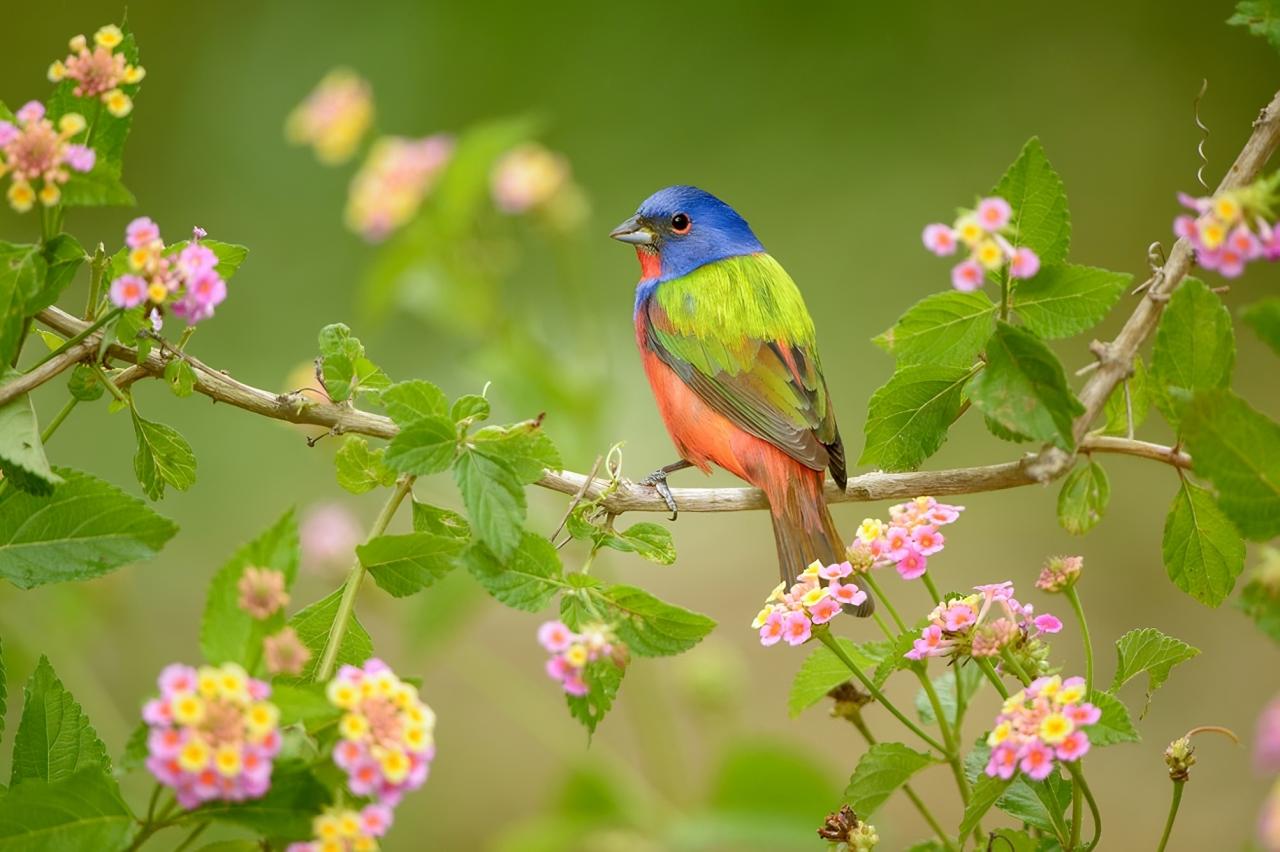
The romantic life of Painted Buntings can be described as monogamous, although there have been observed instances of male birds with multiple mates. This behavior takes place during the breeding season, which occurs from late March to early August. During this season, male birds stake out their territories and put on a show of visual displays to attract females. These feathered females then create nests in low vegetation, carefully crafting them into the surrounding greenery. They lay 3 to 4 eggs per brood and raise two broods each season. Incubation takes about 11 to 12 days, solely carried out by the female. Both parents then actively participate in taking care of the featherless chicks. These chicks develop quickly and are able to leave the nest in 12 to 14 days. The parents continue to provide care for another 3 weeks.
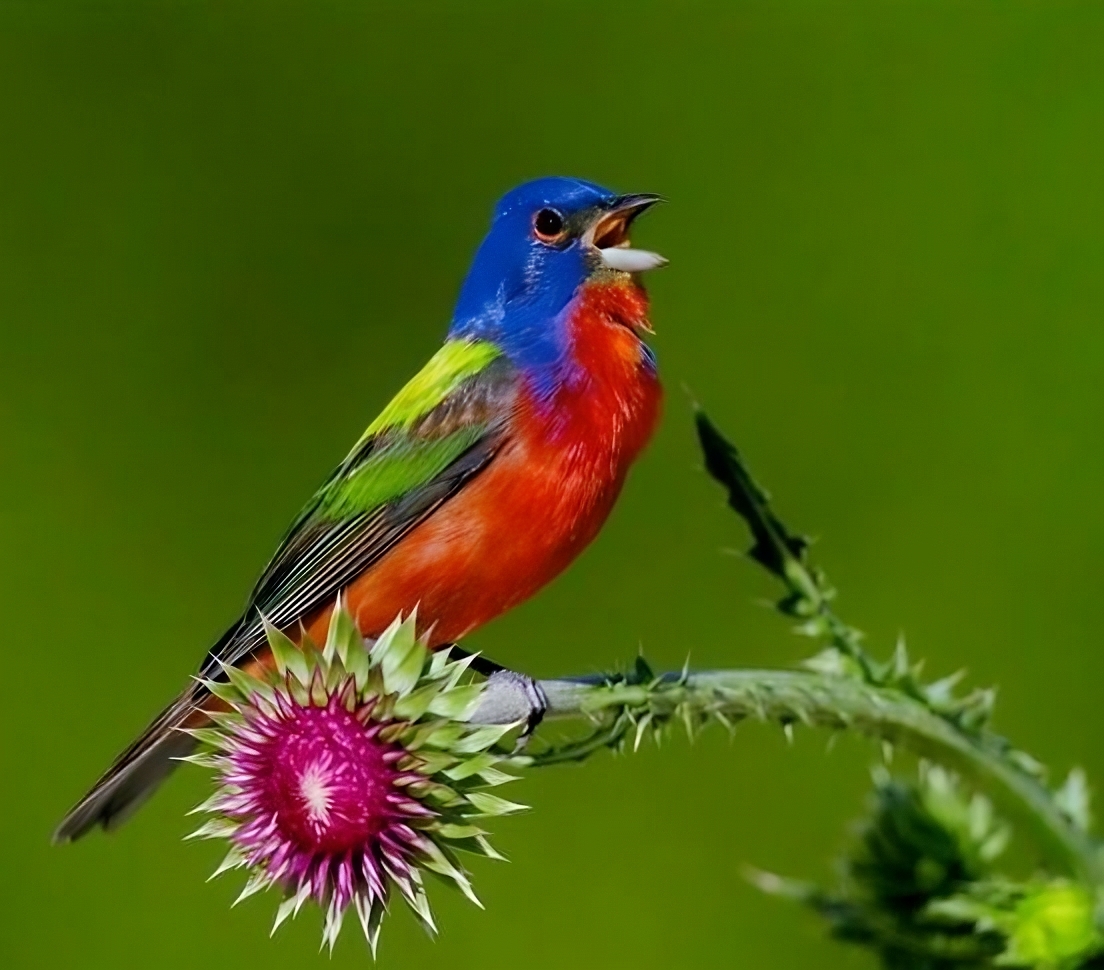
The Painted Bunting is in danger as its population is threatened by several factors. Loss of habitat in areas where they breed or stopover during migration poses a significant risk. Additionally, the birds are vulnerable to collisions with windows and parasitism by cowbirds. The worst part is that the species may be captured for the pet trade, mainly in their wintering habitat. Consequently, the number of Painted Buntings has dwindled since the mid-1960s.
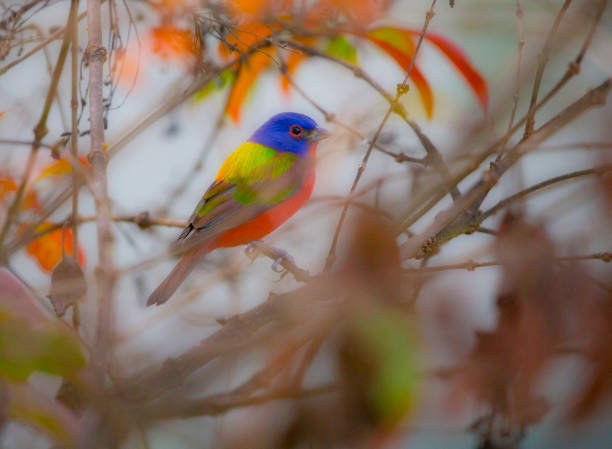
Interesting and amusing details for children
